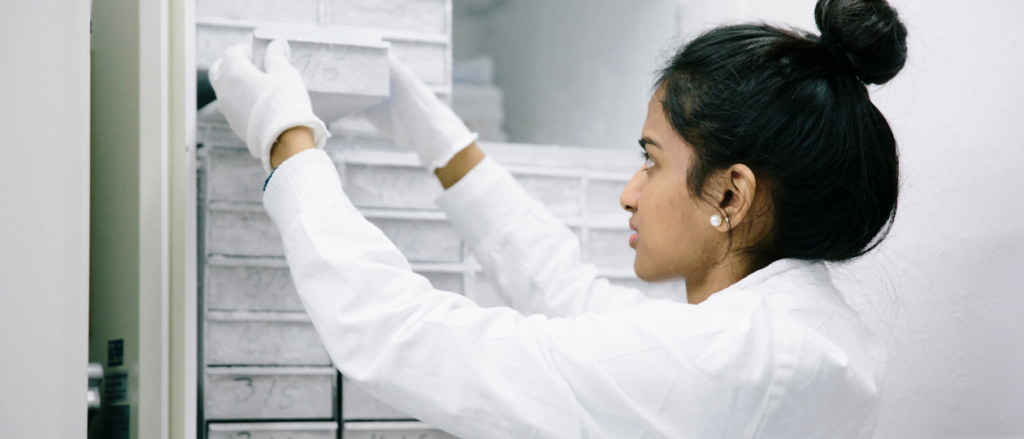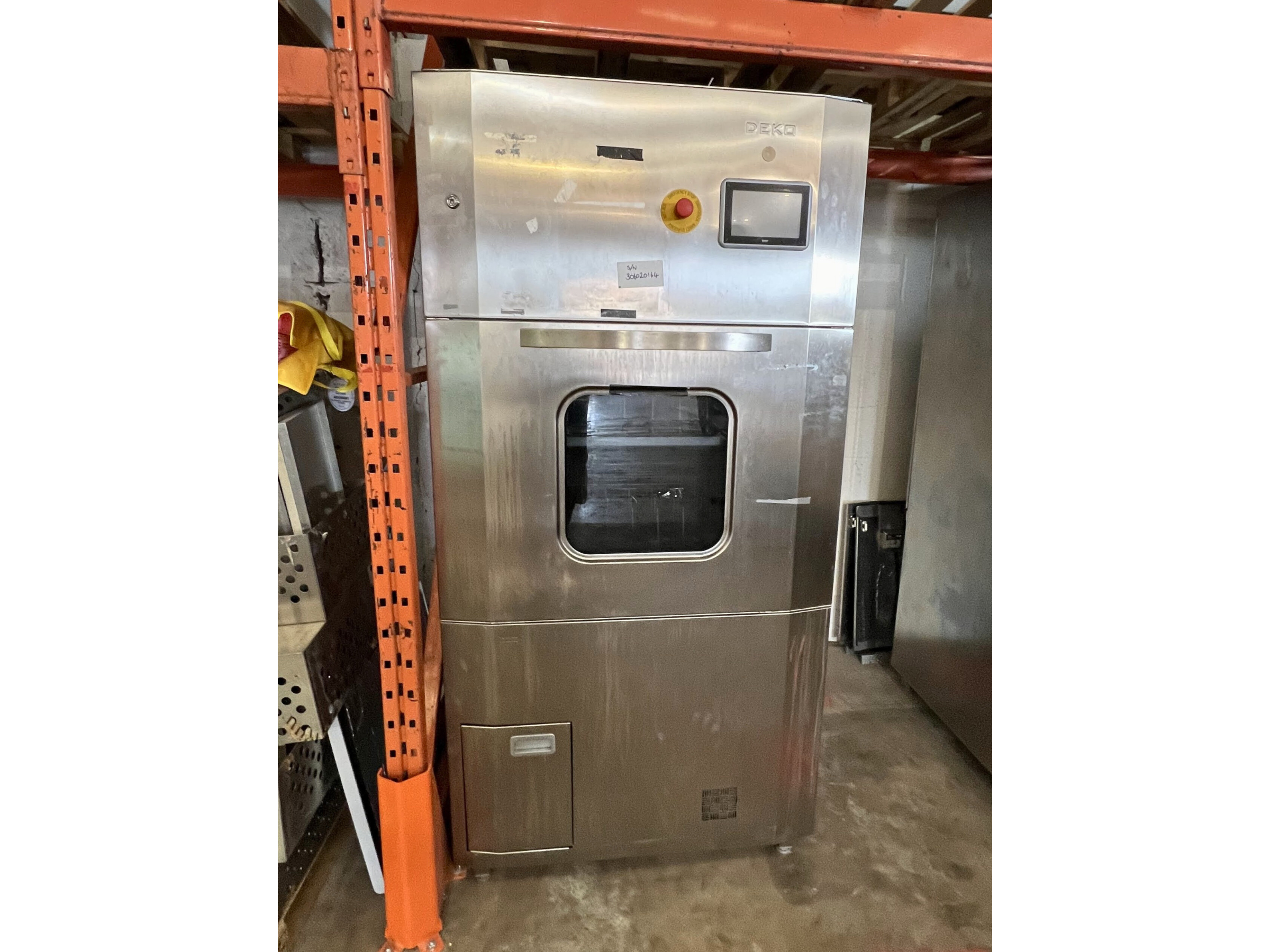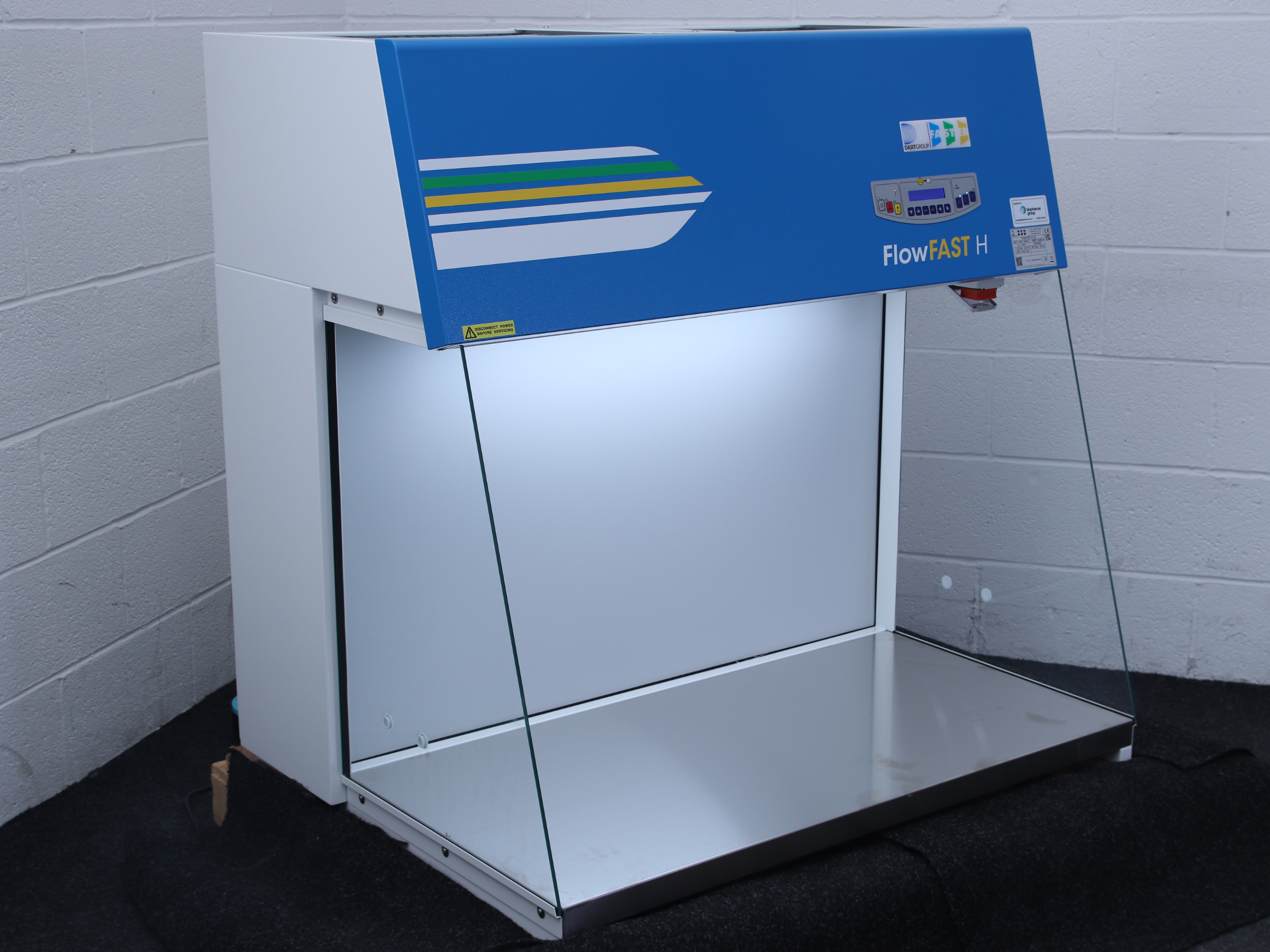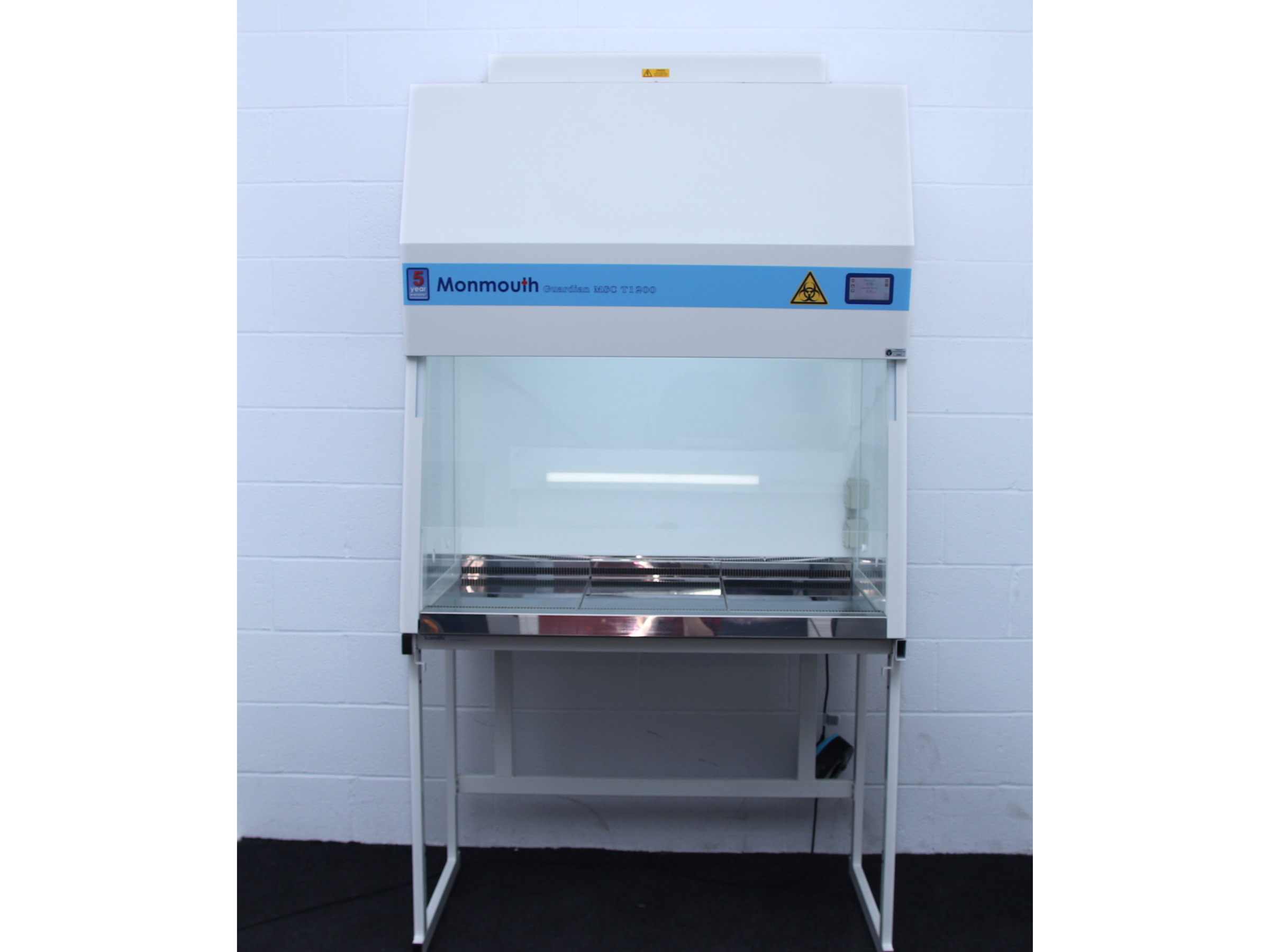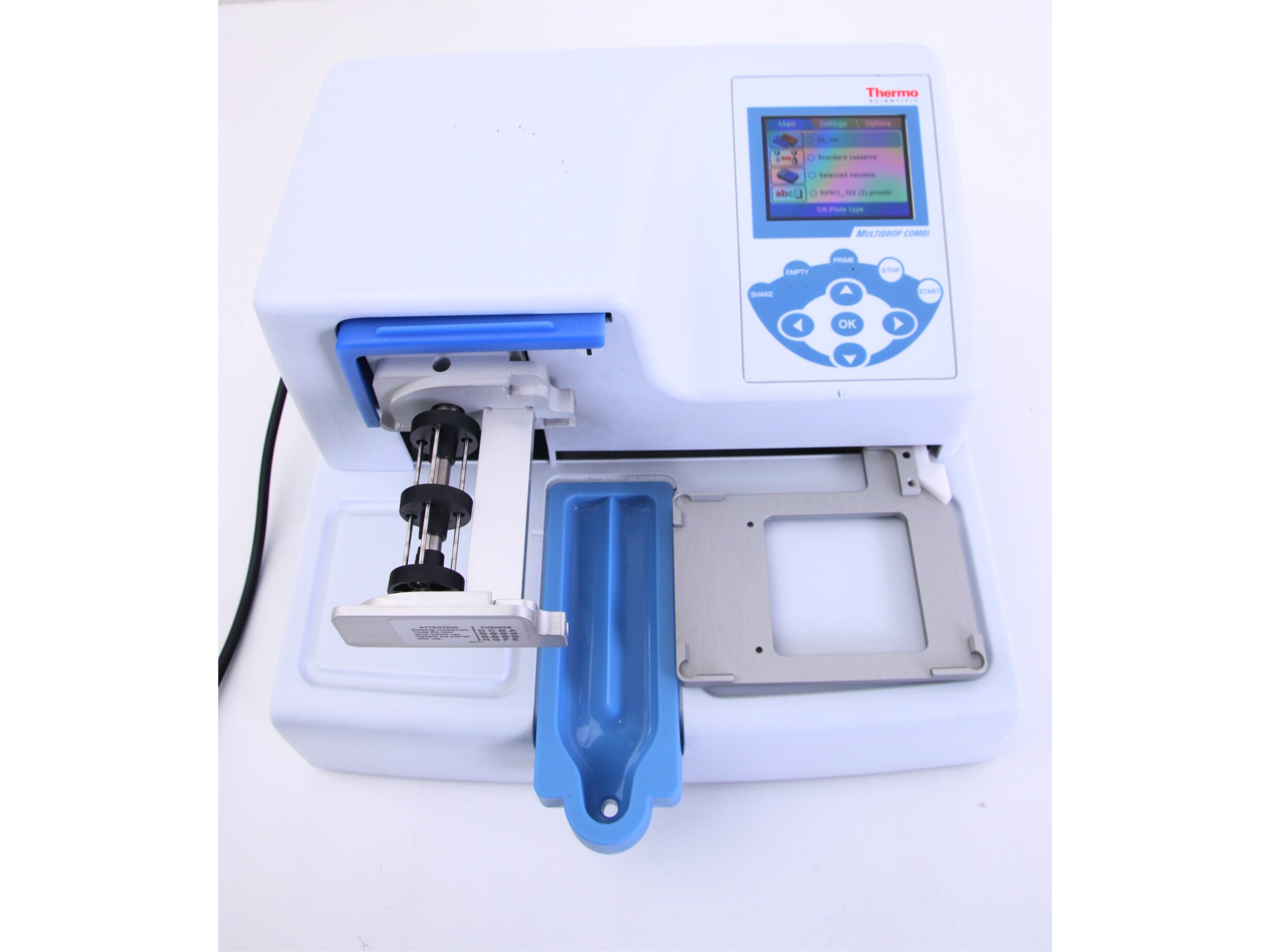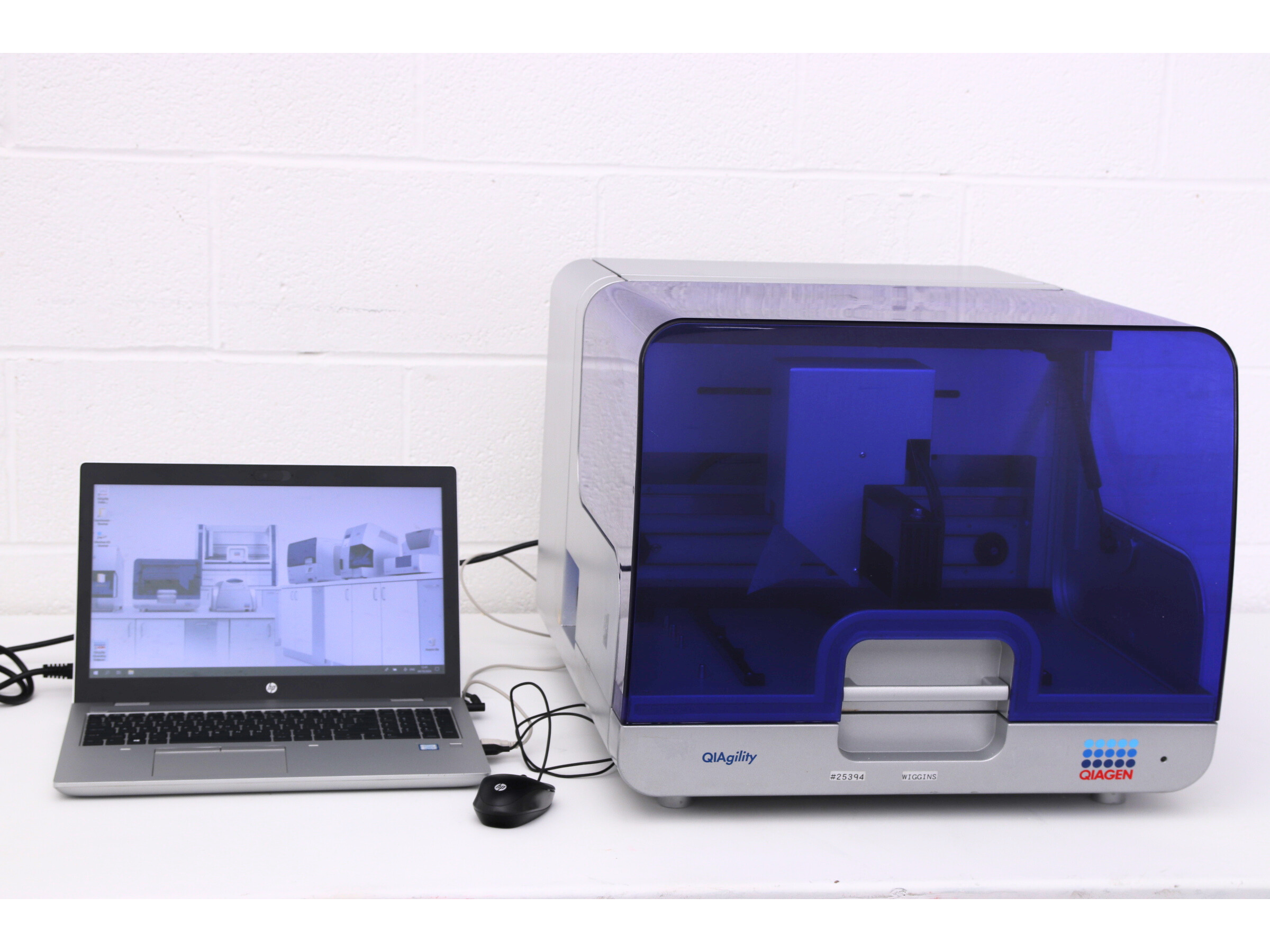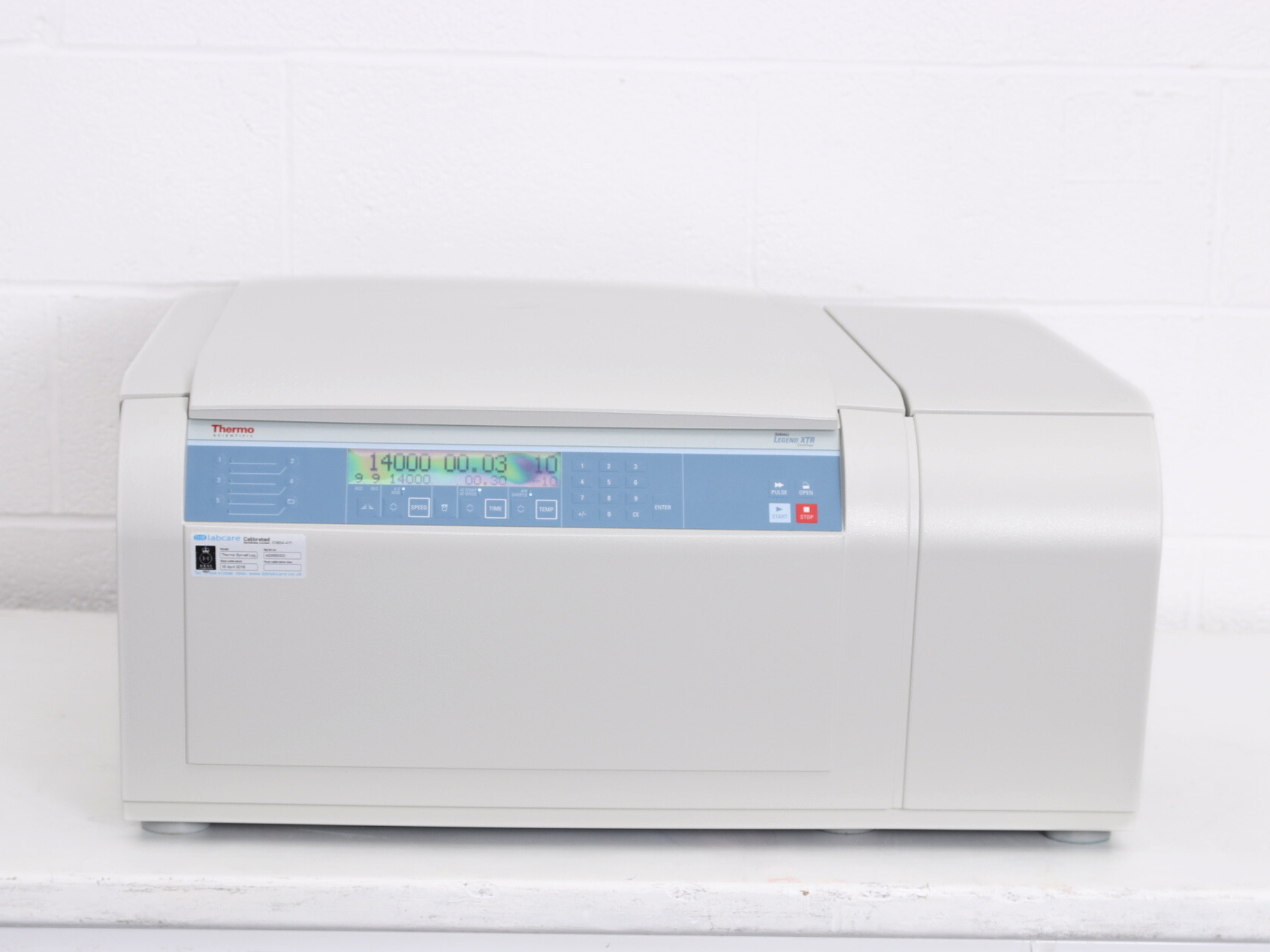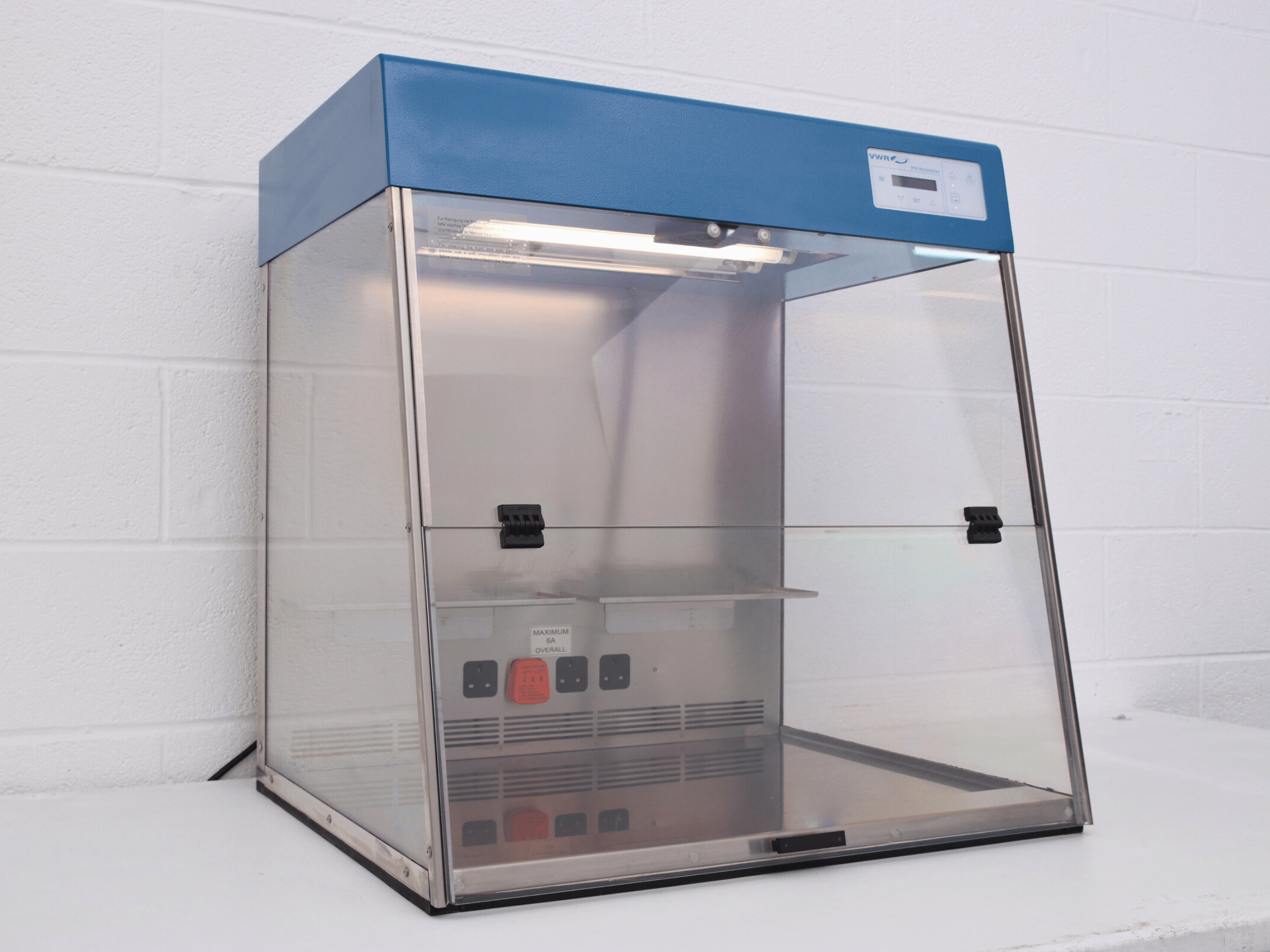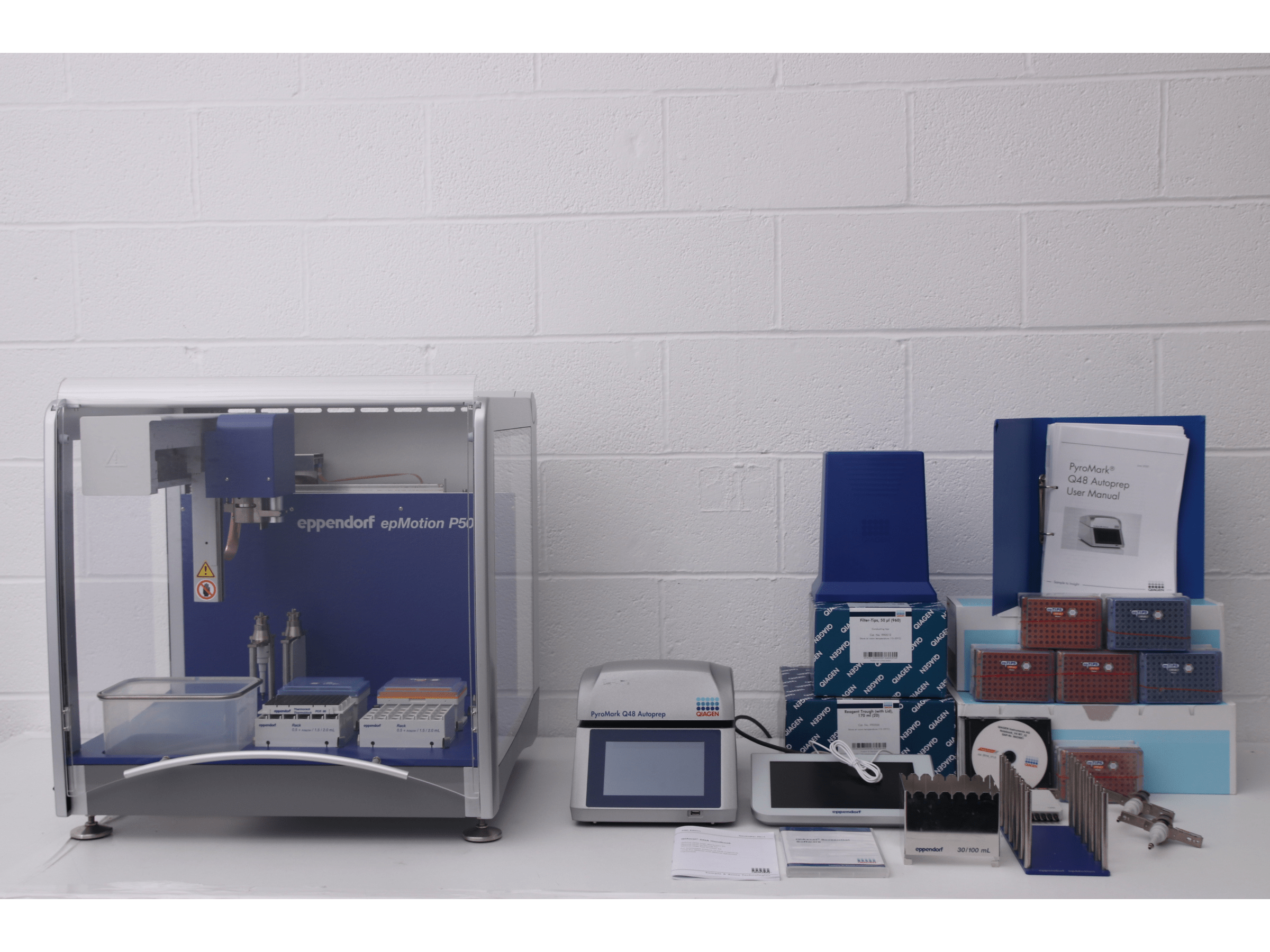Laboratories and research facilities rely heavily on cold storage solutions to preserve valuable samples, reagents, and biological materials. When it comes to laboratory freezers, there are various types to choose from, each designed for specific applications and storage requirements. In this article, we will compare different laboratory freezer types to help you make an informed decision when selecting the right freezer for your needs.
Upright Freezers
Upright freezers are a popular choice in laboratories due to their accessibility and ease of use. They resemble standard household refrigerators but may operate at much lower temperatures. We stock freezers ranging from -20 to -80 °C. The temperature depends on what samples are being stored, and for how long.
Advantages: Upright freezers offer better organization with shelves and compartments, making it easy to locate and access stored samples. They are ideal for small to medium-sized laboratories where space is a concern.
Considerations: Upright freezers are typically more expensive to purchase and operate compared to chest freezers. They may also have slightly higher energy consumption.
Chest Freezers
Chest freezers, also known as horizontal freezers, are well-suited for laboratories that require long-term storage of samples at ultra-low temperatures. They are available in a wider range of sizes.
Advantages: Chest freezers provide excellent insulation, ensuring uniform temperature distribution and reduced temperature fluctuations when the door is opened. They are energy-efficient and often have a lower upfront cost.
Considerations: Accessing samples in chest freezers can be less convenient due to the need to reach down into the freezer. Organisation can also be a challenge.
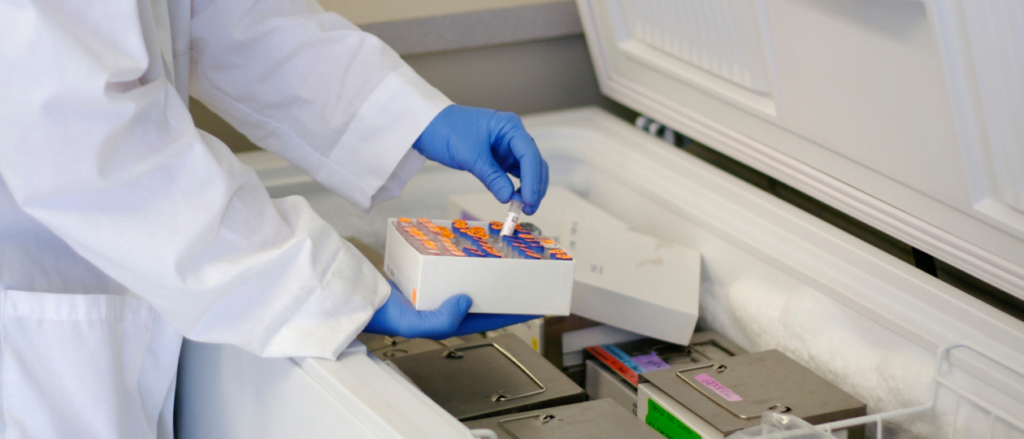
Ultra-Low Temperature (ULT) Freezers
ULT freezers are designed for the preservation of sensitive biological samples at temperatures as low as -80°C to -86°C. They are critical in research involving vaccines, enzymes, and cell cultures. Here are some important points to consider:
Advantages: ULT freezers maintain extremely low temperatures, ensuring the integrity of temperature-sensitive samples. They often include advanced features such as temperature alarms and data logging.
Considerations: ULT freezers are among the most expensive options both in terms of purchase price and energy consumption. Regular maintenance and monitoring are crucial to prevent sample loss.
Cryogenic Freezers
Cryogenic freezers use liquid nitrogen or other cryogenic gases to achieve ultra-low temperatures, often below -150°C. They are essential for storing cells, tissues, and certain biological materials. Here are their main characteristics:
Advantages: Cryogenic freezers provide the lowest achievable temperatures, preserving samples for extended periods. They are suitable for applications requiring the cryopreservation of biological specimens.
Considerations: Cryogenic storage requires careful handling of cryogenic agents and proper ventilation to manage potential hazards. Regular refilling of cryogens is also necessary.

Selecting the right laboratory freezer type depends on your specific storage needs, available space, and budget constraints. Upright and chest freezers are versatile options, while ULT and cryogenic freezers are specialized solutions for temperature-sensitive and cryopreserved samples, respectively.
Before making a choice, assess your laboratory’s requirements, taking into account the volume and nature of samples to be stored, energy efficiency concerns, and long-term operating costs. At Richmond Scientific we are able to guide you in choosing the right laboratory freezer types to ensure your laboratory’s storage needs are met efficiently and reliably.
